Depending on the type of capital you are looking for, the CFO will either take an active leadership or managerial role. If you are looking for institutional investors, an experienced CFO can lean on their contacts to get meetings and rely on their reputation to get your foot in the door. Again, the CEO still needs to manage the pitch, but the CFO can facilitate many of the introductions.
An experienced CFO can be crucial to evaluating and determining the “right type” of investor. Some funds are looking for you to continue to raise money and grow at a breakneck pace. Other investors are looking for a quick “bump” in your stock price and can be expected to sell as soon as their reasonable return is locked in. None of these investors is bad per se, but it is crucial that you know your investors’ expectations before you take their money.
If you hire an intermediary, such as an investment banker or an investment relations firm, the CFO’s role will change to that of a manager. The banker and IR firm will be on the front lines, actively pitching, setting up meetings and serving as a deliverer of firm opinions so the executives and the investors don’t hurt their future relationship. The phrase “I’m sorry, but my banker is pushing for these terms” is pretty common. While the CFO isn’t actively leading the investor process when the company has an intermediary, it’s still their responsibility to manage them and the process.
An important principle for a CFO to keep in mind is that while the investor is investing in the CEO, the time the CEO spends on finding investors takes him or her away from focusing on growing and managing the business. An active investment pitch is the time a company can least afford a downturn in performance, which often happens when a CEO is busy on investment roadshows.



